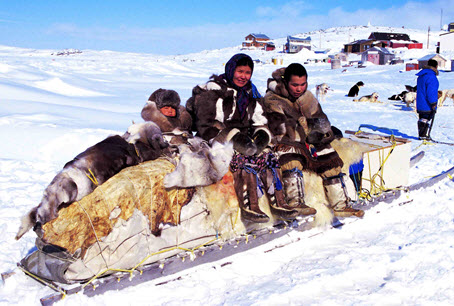In an amazing contradiction, we’re still dodging fats in fear of their high caloric value and potential role in increasing risk of heart disease, replacing most of them with carbs and sugar. Even though carbs are a needed nutrient to some extent, the typical Western diet is exceedingly carb-rich.
However, health professionals still warn us about the dangers of low-carb diets. There’s also an overly-feared term in the mix called ketosis, a presumably dangerous side-effect of a low-carb diet.
Here is Wikipedia’s definition of ketosis: “Ketosis is a state of elevated levels of ketone bodies in the body. It is almost always generalized throughout the body, with hyperketonemia, an elevated level of ketone bodies in the blood. Ketone bodies are formed by ketogenesis when liver glycogen stores are depleted.”
The Ketosis state
Ketosis occurs when our body uses fat for energy. During fat metabolism, most cells produce and use ketone bodies for energy. Acetone is one type of ketone molecule that can’t be assimilated and is excreted through urine and breath.
The body resorts to burning fat (whether it’s fat we just ate or stored fat), when all glycogen stores are depleted. This happens during low-carb diets, fasting and starvation. Contrary to many health experts’ opinions, ketosis is a perfectly natural state.
During ketosis, the level of ketones in the body is slightly elevated, somewhere between 3-5 mM, compared to 0.5 mM on a high-carb diet.
Ketoacidosis is a different state, truly dangerous to be in. It results from increased fat metabolism due to insufficient insulin and is commonly associated with type I diabetes. When ketoacidosis occurs, ketone levels are much higher than during ketosis, between 15 mM and 25 mM. If left untreated, it may result in diabetic coma.
Usually, ketoacidosis doesn’t occur with insulin-controlled type II diabetes. Ketosis (not ketoacidosis) may even be good for diabetics. One study found that a low-carb ketogenic diet, was very effective at improving glycemic control in patients with type II diabetes, to such an extent that diabetes medications were reduced or discontinued in most of the patients.
We can see evidence of native ketogenic diets in several populations worldwide. The Inuit a culture that lived for thousands of years on a low-carb diet. Some speculations appeared, saying that several groups, such as the Inuit, were genetically predisposed to handle a ketogenic diet without adverse effects.
However, many arctic explorers, such as Vilhjalmur Stefansson, Fridtjof Nansen, Frederick Schwatka, and John Rae, adapted to the native ketogenic diets without compromising any aspect of their health.
After adapting to the native ketogenic diet during a 2-3 week period, Shwatka said he could easily manage “prolonged sled journeys” by relying exclusively on the Inuit diet.
Arctic explorer Vilhjalmur Stefansson and his fellow explorers followed the Inuit diet for an entire year and showed no illness after medical authorities questioned them. So, the supposition concerning the Inuit’s and other cultures’ genetic predisposition to handling ketogenic diets is definitely not supported by the evidence. Others successfully adapted while remaining perfectly healthy.
A comprehensive review of 229 hunter-gatherer societies worldwide concluded that 73% of these societies got more than 50% of their energy from animal foods. In contrast, only 14% derived more than 50% of energy by eating plant-based foods.
So ketosis is a natural, perfectly safe state we all go from time to time. But can our bodies handle long-term ketosis?
Evidence from studies analyzing weight loss and health state by following ketogenic, low-carb diets says yes. Conclusions show greater weight loss on long term (3-6 months) compared to low-fat diets and positive changes in HDL cholesterol levels.
Ketosis may be a safe state, but it also matters how you get there. When adopting an intermittent fasting or a low-carb ketogenic diet, one must be very careful of maintaining nutritional balance. The safest way to do so is to seek advice from a health professional rather than taking the matter into your own hands.

